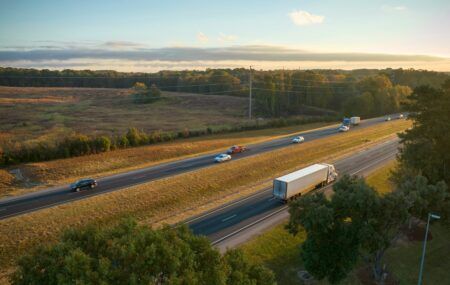Provider of video-based intelligent traffic enforcement and management systems, Videalert, has announced the immediate availability of a new generation of air quality monitoring sensors.
The devices feature integrated gas and particulate matter sensors and make use of Videalert’s existing infrastructure to transmit readings in real-time, providing councils with instant measurements showing the level of airborne pollution in key locations. The new Videalert device features a particulate matter sensor that uses the latest optical-based technologies and advanced sensor fusion algorithms to sense and count airborne particles from 1-1800µgm³. To ensure reliable operation, the sensor is based on light scattering and is fully glass sealed, protecting the internal mechanism from detrimental atmospheric effects.
The device is designed to integrate with Videalert’s pole-mounted RDS WAN (Redeployable Server – Wide Area Network) units to transmit captured sensor data to the company’s digital video platform (DVP where it can be ‘visualized’ to show the levels of particulate matter at different times throughout the day and night. This data can also be shared with UTMC-style (Urban Traffic Management Control) systems to inform and alert drivers via variable message signs (VMS) of high pollution levels and, if appropriate, re-route the traffic. Data from the sensors can also be blended with enforcement data from installed CCTV cameras to strengthen and validate the business case for the adoption of moving traffic enforcement restrictions including clean air or low emission zones (CAZs/LEZs).
“This new air quality monitoring solution gives councils real-time insight into the levels of air pollution around the clock. It is extremely cost effective and can be specified as part of a new Videalert system, retrofitted to one of our existing camera installations or deployed as a standalone device,” noted Videalert’s sales and marketing director, Tim Daniels. “The sensor generates real-time data on the level of airborne particulates, including nitrogen dioxide and carbon dioxide, providing councils with real-time insight into the impact of enforcement cameras on improved air quality. It will have a significant role to play, particularly when used outside schools as part of a range of measures to protect children’s safety and health from pollution caused by excessive vehicle traffic.”





